Table of contents
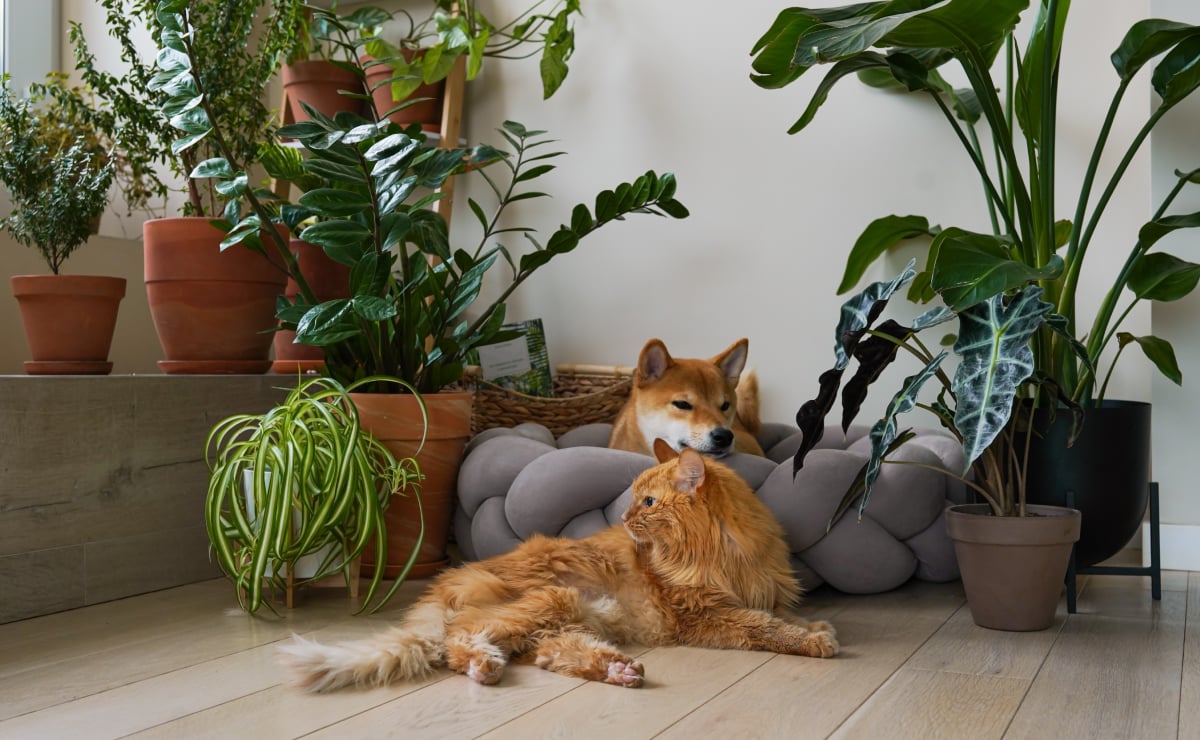
Most ornamental plants that are grown at home may seem harmless, but there are species that, when ingested, become toxic to animals and sometimes even to people. Many pets, especially cats and dogs, have the habit of ingesting elements from nature, either out of curiosity or when they are not feeling very well.
See_also: How to Clean a Mirror: Easy and Effective Tips and StepsCare Tips
According to Manoella Tuppan, veterinarian at A Casa do Bicho, most animals that end up getting intoxicated are up to eight months old, and because they are small and immature, they want to smell and eat everything. Therefore, she warns "it is always good to be careful when buying any kind of plant. Research about it, if it is poisonous or brings some kind of harm to the pet. JulianaPackness, a veterinarian at Petlove, agrees and reminds us that all types of toxic plants are easily found in flower and decoration stores, and that, for this reason, it is essential to be informed when buying them.
Toxic Plants
Even so, it is possible to grow toxic plants in your home, just keep them in places of difficult access, because they will only do harm if ingested or put in contact with mucous membranes. To prevent possible accidents and the consequent sickness of your pet, get to know some species below.
1. night lady
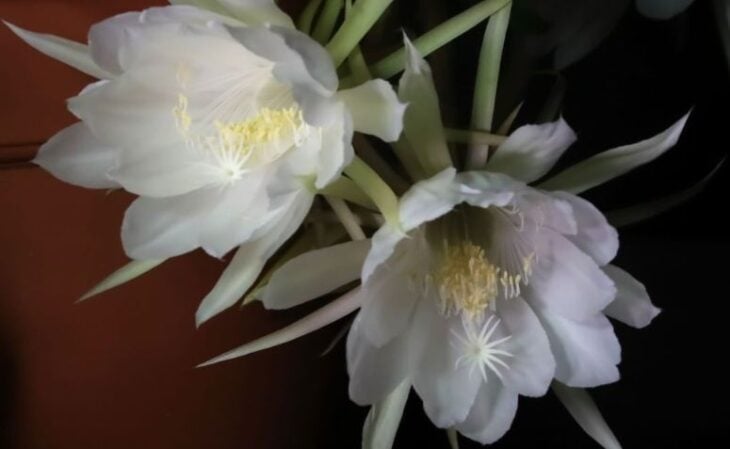
Considered an invasive plant, the nightshade draws attention by the aroma of its flowers, which attract bees, hummingbirds, and butterflies. "Its toxic parts are the immature fruits and its leaves, which if ingested can cause nausea, vomiting, psychomotor agitation, behavioral disorders, and hallucinations," says veterinarian Manoella Tuppan.
2. azalea
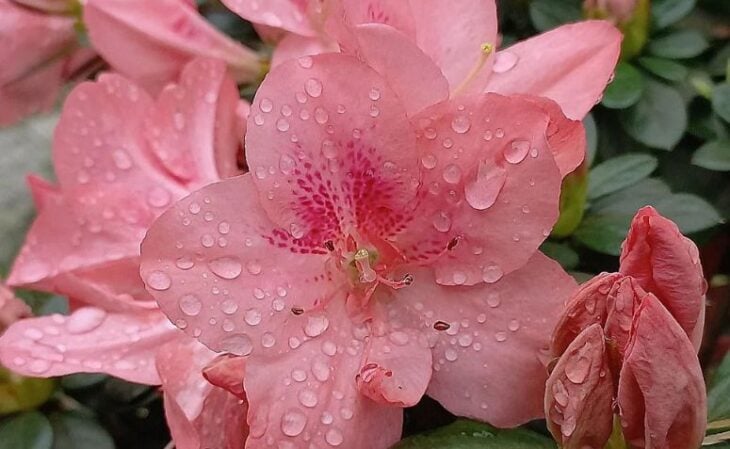
The azalea is a plant that fascinates with the beauty of its flowers and, because of this, can be easily found inside homes and gardens. However, its level of toxicity varies from moderate to severe, triggering the following symptoms in those who consume it: vomiting, intense salivation, loss of appetite, diarrhea, cardiac arrhythmia, drop in pressure, convulsions, blindness, weakness, tremors andeven eat.
3. castor
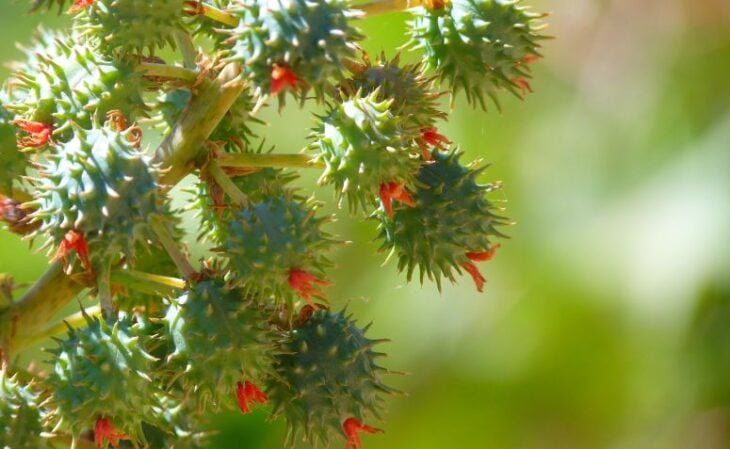
The symptoms of ingestion of this plant begin to appear in the animal's nervous system after about 24 hours. Tuppan explains that "all of its seeds are toxic. The symptoms triggered are nausea, vomiting, abdominal cramps, dryness of the mucous membranes, hypothermia, tachycardia, dizziness, drowsiness, torpor, and in more serious cases, coma and death.
4. spirelator
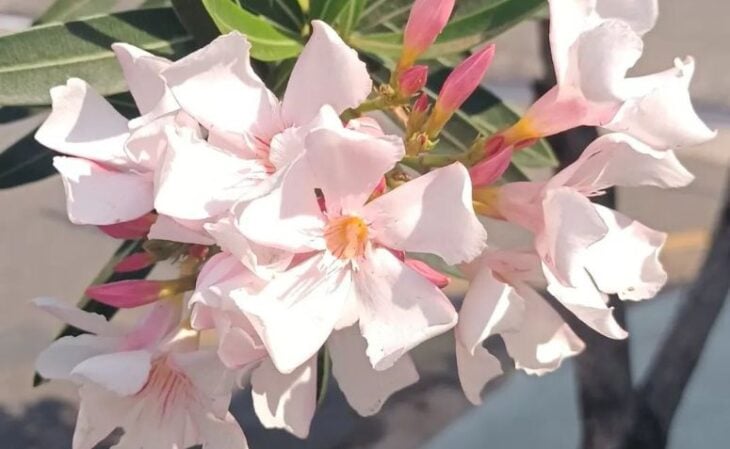
The spirella has rustic leaves and varied flowers found in various colors, such as pink, yellow, white and red. Also widely used to decorate gardens, it has all of its parts toxic. With symptoms ranging from vomiting, diarrhea, arrhythmia, dyspnea to paralysis, and consequently the death of the little animal. These symptoms can be observed within a period of 24hours.
5. crown of christ

Commonly found as protection in live fences, its toxin is present in the irritating latex that exudes from the plant. If it comes in contact with your pet, the milky sap can cause inflammatory reactions (pain, redness, and swelling). If it comes in contact with the eyes, it can even cause blindness.
6. lily
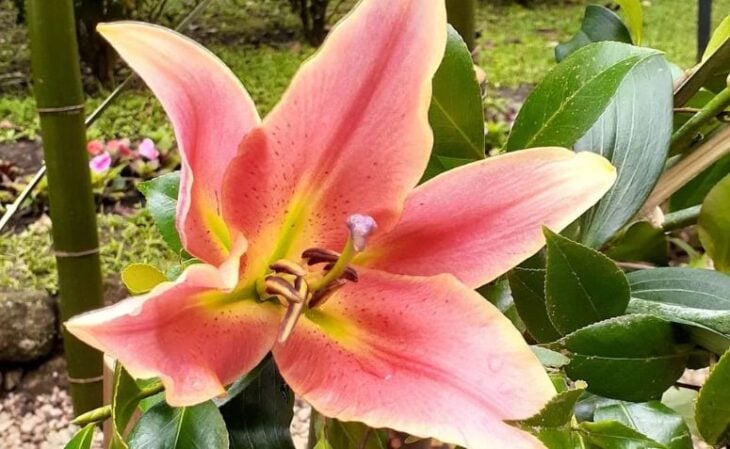
A plant often used as an ornament, mainly for its aromatic flowers. All its species are considered toxic, and its ingestion can cause eye, oral, and mucous membrane irritation, dry and reddened skin, psychomotor agitation, difficulty swallowing, hallucinations and delirium, and respiratory problems.
7. ivy
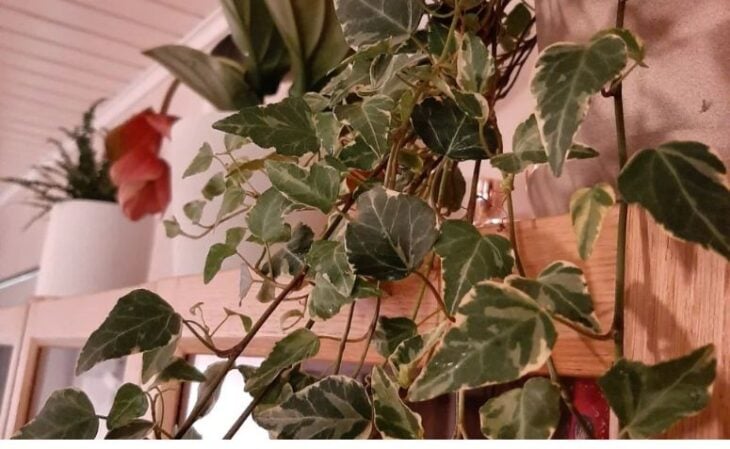
Toxic throughout, its "urushiol" oil irritates mainly mucous membranes, causing excessive itching, eye irritation, oral irritation, difficulty swallowing, and even breathing. Because it is a climbing plant, it can be found in the form of shrubs, mixed with other vegetation.
8. parrot beak
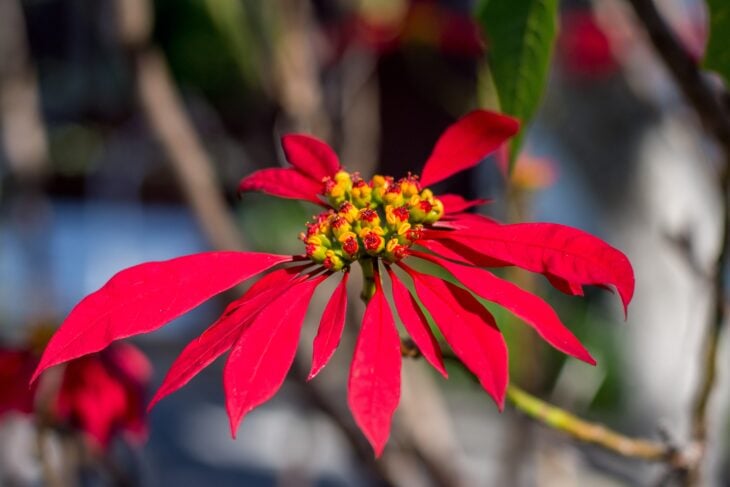
The parrot's beak also has a sap that causes a lot of damage, such as injury to the skin and mucous membranes, burning and itching, nausea, vomiting and gastroenteritis. "It is common at Christmas time, often used to match the end of year decorations. But few people know about the poisonous potential of the plant, causing cases of poisoning to become common at this time," explains veterinarian JulianaPackness.
9. glycinia
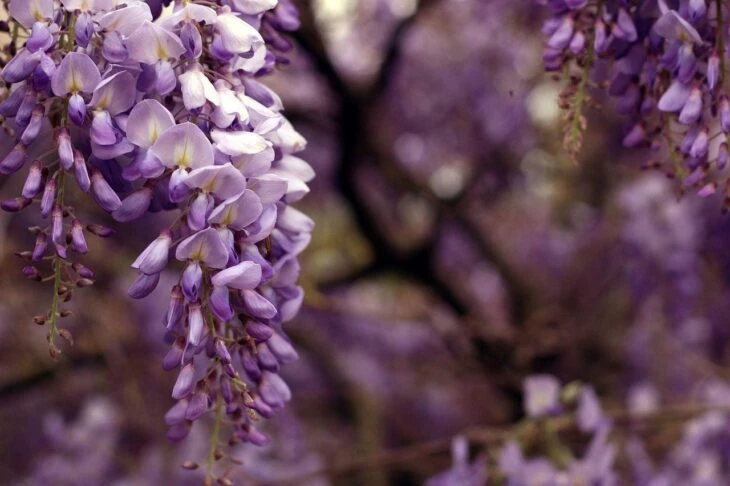
Despite its stunning, cascading flowers in bright pink or blue, this plant is completely toxic. Consumption of its seeds and pods can cause diarrhea, cramps, nausea, and vomiting, so it's important to keep it out of the reach of pets and children, who may be attracted by the plant's beauty.
10. st. george's sword
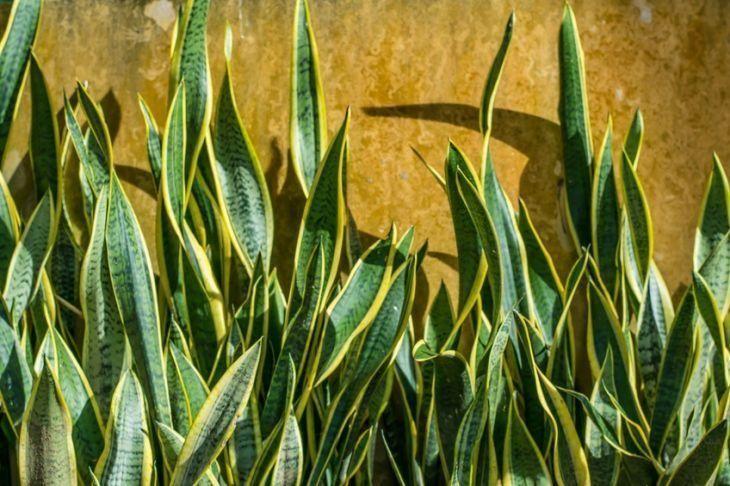
Many people believe that this plant brings prosperity to the home, and because of this, it is easily found as an ornament.
11. figwort
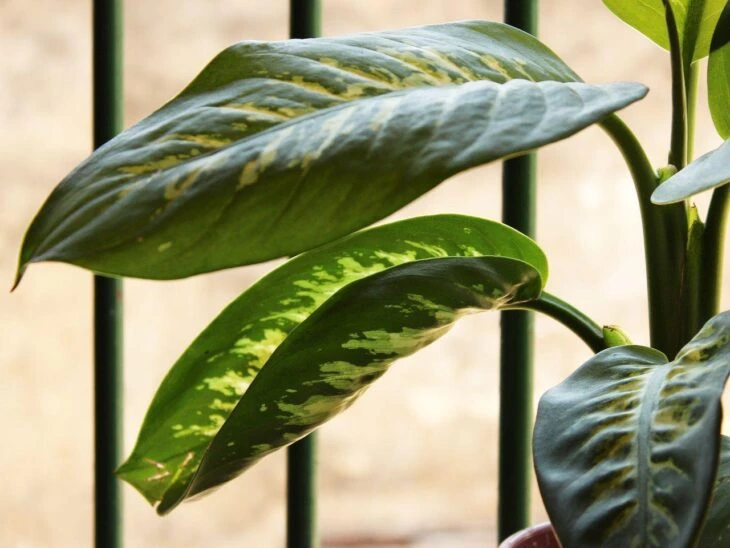
Besides having leaves of incomparable beauty, this plant is believed to bring protection to the home, which contributes to a higher number of poisoning incidents. Tuppan points out that all parts of the plant are considered toxic: "The sap causes irritation of the mucous membranes, edema of the lips, tongue, and palate; consumption of other parts of the plant can cause abdominal cramps, nausea, and vomiting;Contact with the eyes generates edema, photophobia, and tearing", he adds.
12. rib eye
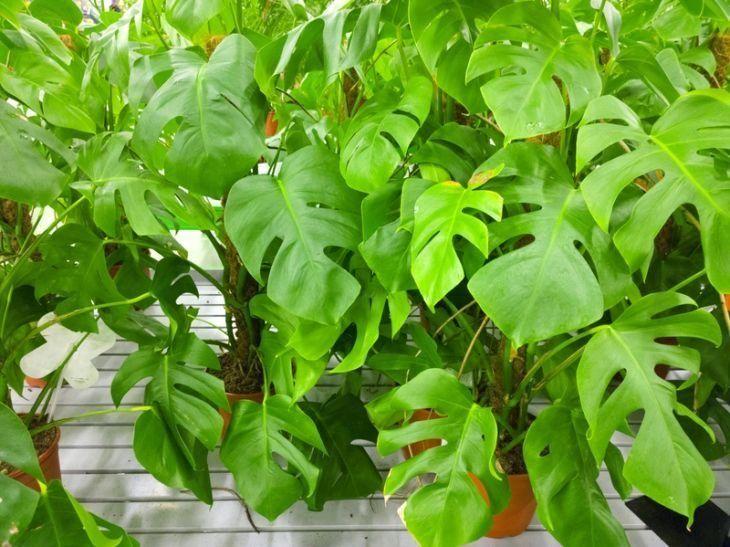
The Adam's rib has large leaves and aromatic flowers, and is easily confused with another plant called plantain, however, it can be recognized by its larger and regular holes. Although its fruit is edible, its leaves when ingested can cause irritation and swelling of the mucous membranes, asphyxiation, vomiting, nausea, burning, and, if in contact with the eyes, can lead tocorneal damage.
13. cup-of-milk
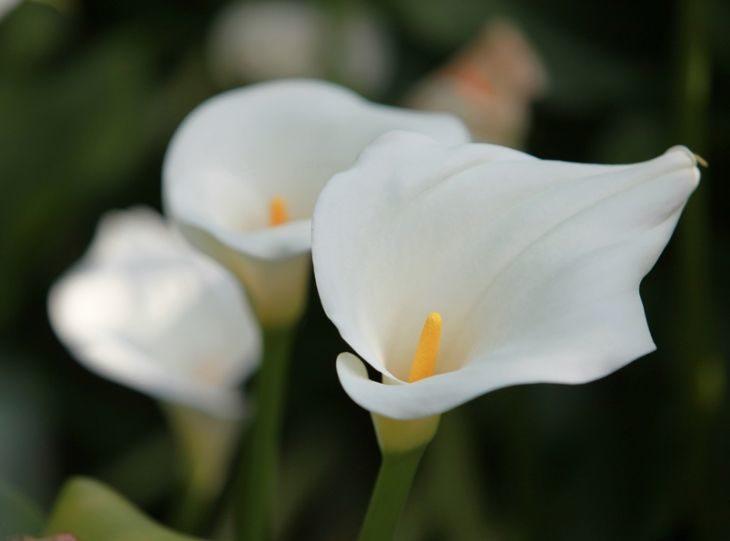
Considered one of the most popular plants, it is also toxic, and has the same active ingredient as the poison ivy. Veterinarian Tuppan describes some of the most common symptoms: "the sap causes inflammation in the throat and mouth; the plant causes irritation of the mucous membranes, edema of the lip, tongue, and palate, nausea, and vomiting; contact with the eyes causes edema, photophobia, and tearing.
14. cassava or castelinha
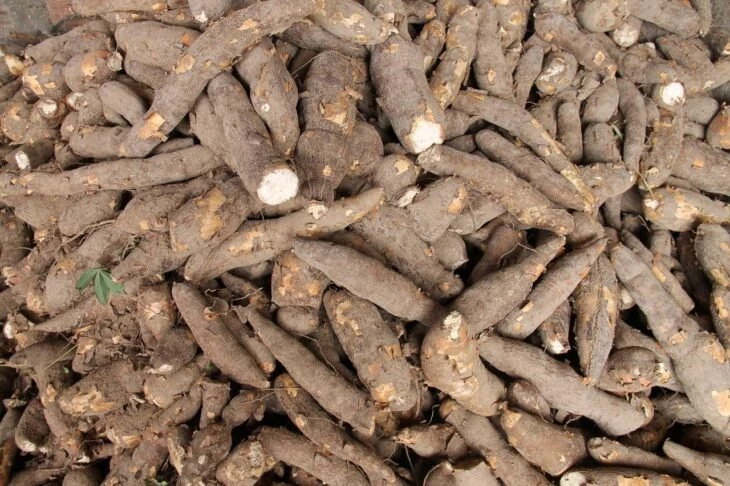
When ingested raw, castelinha becomes extremely toxic, because its roots and leaves contain a substance called linamarin that can even kill. The effects caused are asphyxiation and convulsions. In its treatment, hospitalization, gastric lavage, and finally a specific type of antidote are required.
15. samambaia
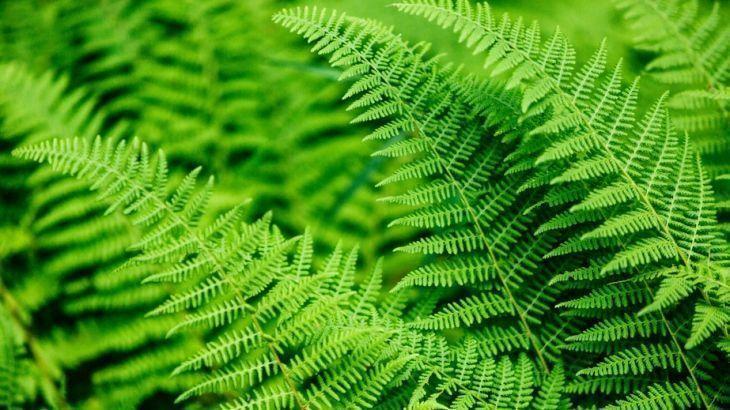
Ferns are found mainly in the south and southeast regions of Brazil and usually retain their toxic principles even when dry. Tuppan explains that it is important to remember that all their leaves are toxic, and the symptoms may be limited to "fever, bleeding skin (sweating with blood), bloody diarrhea, decreased platelet count. Due to all these effects, the animal loses bloodquickly, and can cause death.
16. anthurium
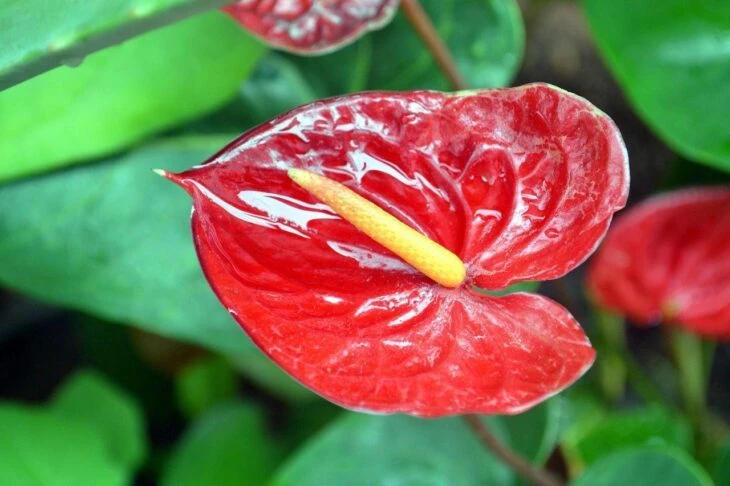
All parts of the anthurium are toxic, and we are often mistaken about its flowers, which are actually tiny yellow dots, protected by the modified reddish leaf. The main symptoms of ingestion are swelling of the throat, lips and mouth, salivation, edema of the glottis, paralysis of the tongue, asphyxiation, diarrhea, and vomiting.
17. violet

The violet is characterized by its mild smell and slightly heart-shaped leaves. Its stem and seeds have extremely toxic active ingredients. Its consumption can cause nervousness, severe gastritis, decreased circulation and respiration, vomiting, and diarrhea.
See_also: How to use Portuguese tile to bring tradition and elegance to your decoration18. green tomato
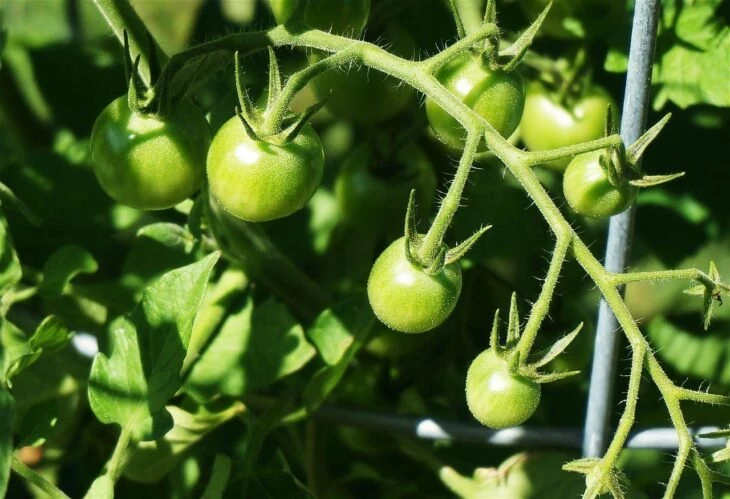
The tomato is a highly consumed fruit when ripe, but those who have pets must be careful, because when unripe, the fruit and its leaves have a high amount of a toxic substance called tomatine. Tomatine causes salivation, diarrhea, vomiting, cardiac arrhythmia, and difficulty breathing.
19. thimble
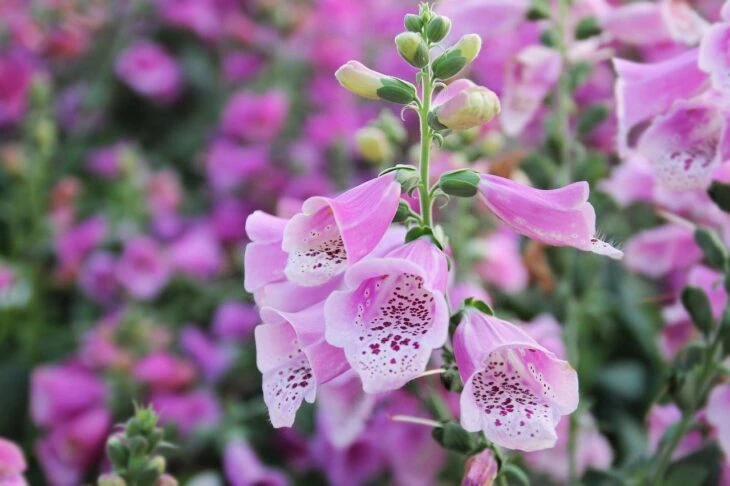
Also known as "bluebells", the plant is toxic throughout, with emphasis on the flowers and fruits, which if ingested directly affect the heart. There are those who cultivate it for medicinal or ornamental purposes, because its component considered toxic in some cases, can also help those suffering from heart failure. After its consumption, vomiting and diarrhea can occur,
20. cannabis
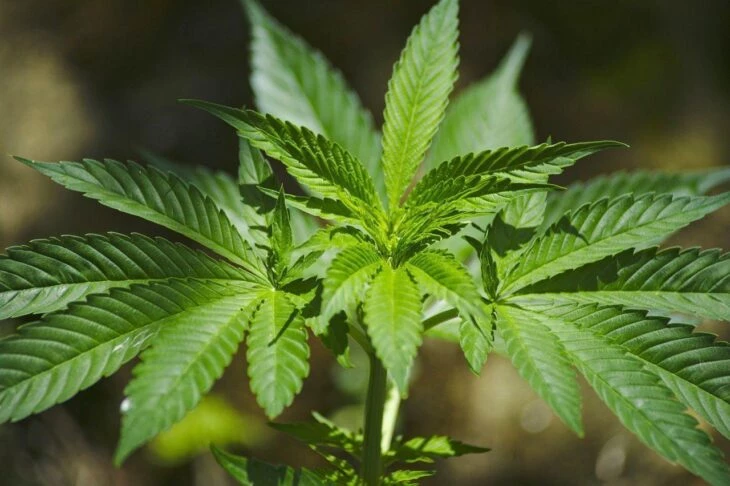
The toxic element present in cannabis can act for days on the animal's central nervous system, which is why it is considered an extremely harmful plant.excessive, depression, and even coma.
21. belladonna
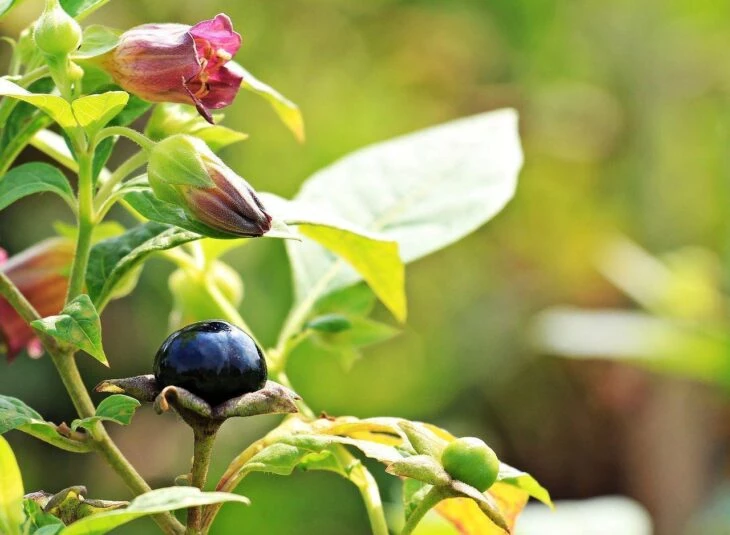
The Belladonna is a garden plant, which has toxic components mainly in its roots and seeds. It does not occur naturally in Brazil, but can be reproduced by seed and cuttings. Its consumption can cause red, hot, and reddish skin, especially on the face, dry mouth, increased heart rate, dilated pupils, mental confusion, and fever.
22. hibiscus

Hibiscus is highly sought after because its properties are believed to aid in weight loss, and are therefore often used to make teas. But, its flowers and leaves have a toxic effect on animals and can be fatal. The characteristic symptoms are primarily gastrointestinal, including diarrhea, vomiting, loss of appetite, and nausea.
23. avenca
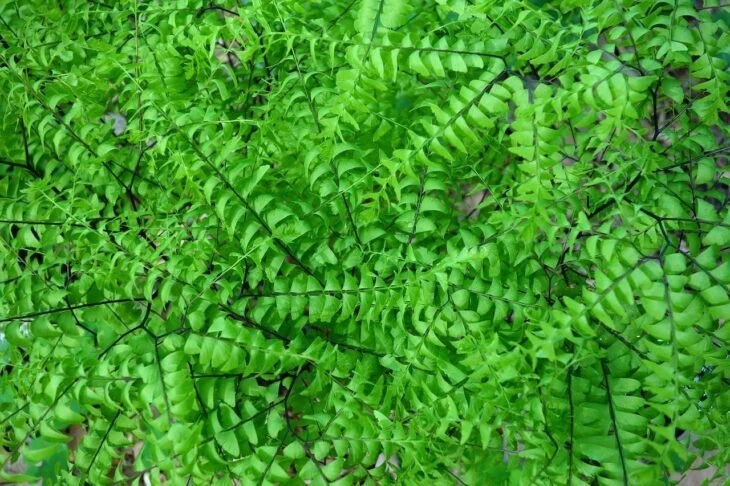
Although it is not native to Brazil, this plant is usually cultivated based on the belief that it can help ward off the evil eye.
24. wild smoke
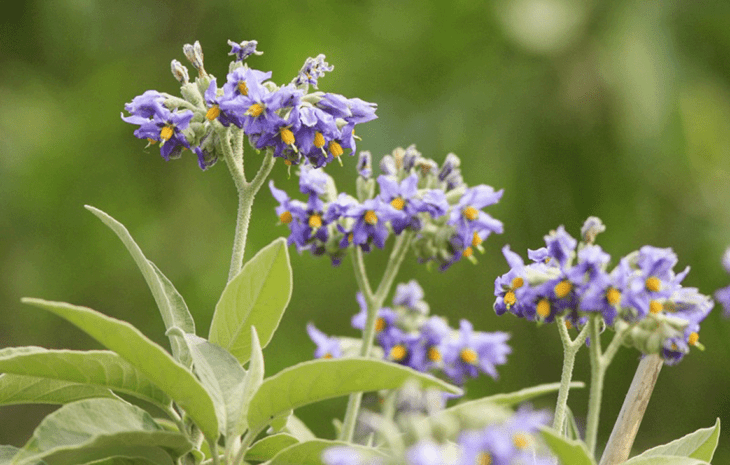
The toxic component of wild smoke is found throughout the plant, with higher concentrations in its fruit. This is a very adaptable and rustic species, easily spread by birds. Ingestion of the plant causes inflammation of the small intestine (duodenum), gastritis, nausea, diarrhea, vomiting, and increased liver enzymes.
25. tulip

Although very popular, tulips are also toxic and their bulb is harmful especially for cats. Some of the common symptoms after ingestion are vomiting, gastric irritation, and diarrhea.
If you still suspect that your pet was exposed to some toxic plant, the veterinarian Packness advises: "take your pet immediately to the nearest veterinary clinic and inform the name of the toxic plant ingested, so that the correct first aid treatment can be done. The symptoms vary from prostration and vomiting to skin irritation. However, the evolution is usually fast due toIn moments like this, one should not try any "homemade recipe" such as giving milk to the animal or inducing vomiting, because besides not working, they can harm the situation. Therefore, take your little friend to the vet as soon as possible so that the professional can take the appropriate measures.
Every care is needed and it is best to keep the plants out of the reach of pets and children.


